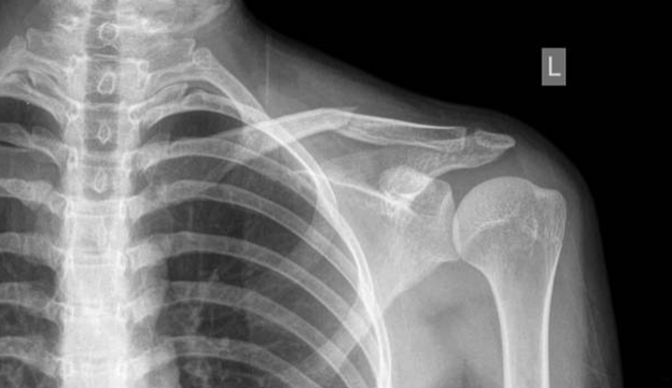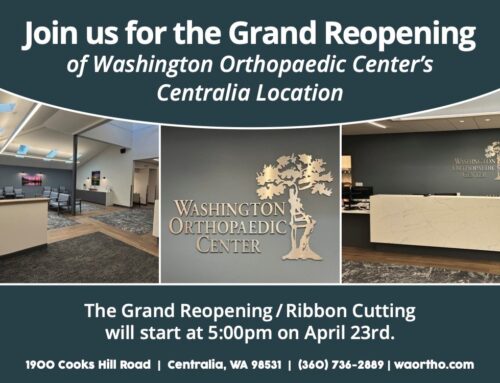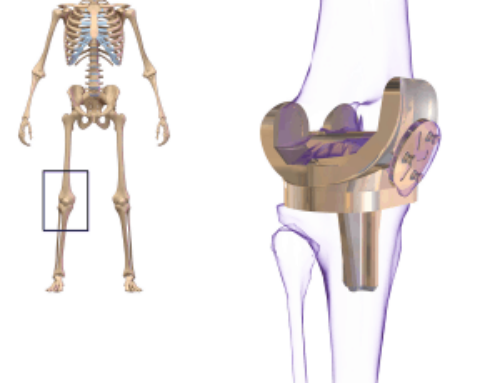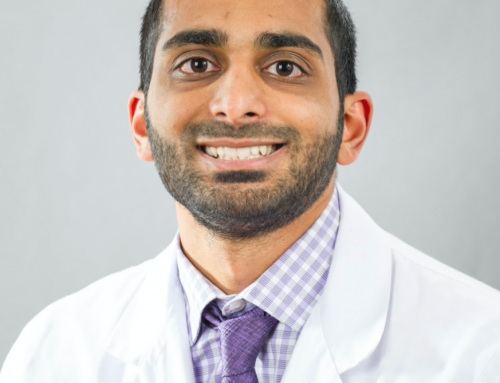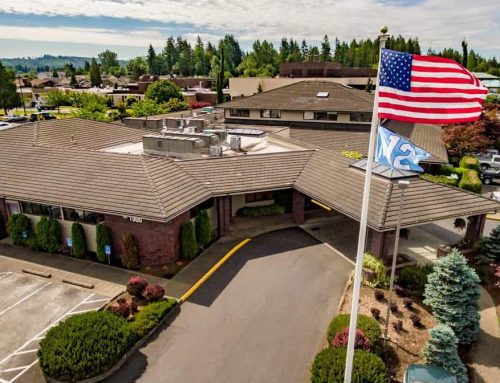Most Common Shoulder Injuries
Shoulder Arthritis
Shoulder Arthritis is one of the most common shoulder issues that people have. Arthritis is typically defined as joint inflammation that could promote damage or loss of cartilage surrounding the bone. Without the cartilage that surrounds each joint, two bones will rub against each other during movement which creates pain for the patient.
The most common type of arthritis is osteoarthritis, which typically develops in older patients from normal wear and tear of the bones.
Another form of arthritis is rheumatoid arthritis, which is connected to rheumatoid disease. Because rheumatoid disease is an autoimmune disorder, the body attacks the tissue that surrounds the bones, which causes the destruction of cartilage in joints. When the cartilage is destroyed, it causes pain and stiffness in the joints that most arthritis patients suffer from.
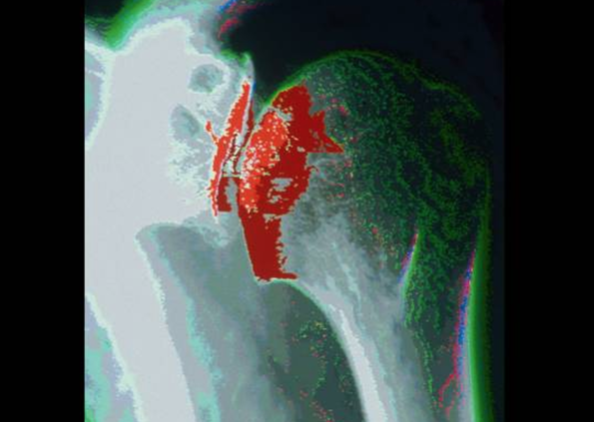
A particular type of arthritis, called Cuff-tear arthropathy, damages cartilage only on one side of the shoulder socket. This is due to a lack of the rotator cuff tissue which centers the ball in the socket.
Sometimes the blood supply to the bone can be disrupted, which can result in avascular necrosis. Avascular necrosis can result in the death of a structural bone and damage to cartilage surrounding the bone, leading to arthritis of the joint.
Arthritis can also develop as a result of previous trauma or injury to a joint, such as a break or dislocation.
To properly determine if a patient has arthritis, X-rays must be taken to view the bone and joint.
Physical therapy can be used to improve the strength and range of motion of the shoulder, and some injections can provide temporary relief. If conservative measures fail, anatomic or reverse shoulder replacements can be a treatment option.
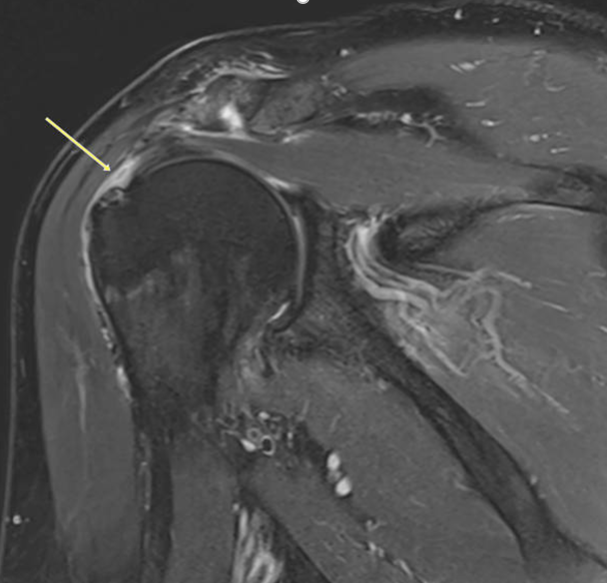
Rotator Cuff Tears
Rotator cuff conditions are frequently seen by orthopaedic surgeons. Most patients with rotator cuff conditions complain of upper arm pain, shoulder pain, and interrupted sleep due to discomfort.
Rotator cuff tears can be a result of injury or trauma, in which case they are typically acute and should be seen soon. In other cases, the rotator cuff condition may be chronic and a result of years of wear and tear of the joint. One of the theories of the causes of rotator cuff tears focuses on the inflammation of a connective tissue rubbing on the shoulder blade bone. Others theorize that the tears are simply caused by the deterioration of the tendon over time. The range of rotator cuff conditions includes bursitis, or the inflammation of the fluid-filled sacs that cushion the joint, as well as partial tears, complete tears, and massive tears.
A doctor can detect a tear in the rotator cuff with a physical examination, and range of motion tests, but an MRI is required to further determine the diagnosis and severity of the tear.
A large percentage of people can live with a small rotator cuff tear, but treatments depend on the age of the patient, as well as the nature of the tear, and other medical conditions the patient may have. The shoulder muscles can be strengthened with physical therapy, which benefits a majority of patients. Surgical options include arthroscopic or open rotator cuff repairs, reconstruction of the joint to relieve the inflammation, tendon transfers, or reverse shoulder replacements.
Clavicle Fractures
The collarbone is the structure connecting the arm to the rest of the body, which makes its fracture one of the most frequently occurring fractures. Breaking the clavicle is typically a result of a direct impact on the collarbone or caused by a fall. Because so many muscles surround the collarbone, the fracture is often displaced.
The only way to tell if a patient’s collarbone has been broken is to see it in an X-ray.
Most clavicle fractures can be healed by wearing a sling for six weeks, followed by six weeks of physical therapy, but full recovery can take up to one year. If the fracture needs surgery, the most common surgical procedure on a clavicle fracture involves a plate and screws to help keep the bone together.
Do you feel like some of these symptoms are just a little too relatable? We’d love to see you at either our Centralia clinic or our Olympia clinic.
Schedule an appointment by calling (360) 736-2889.
